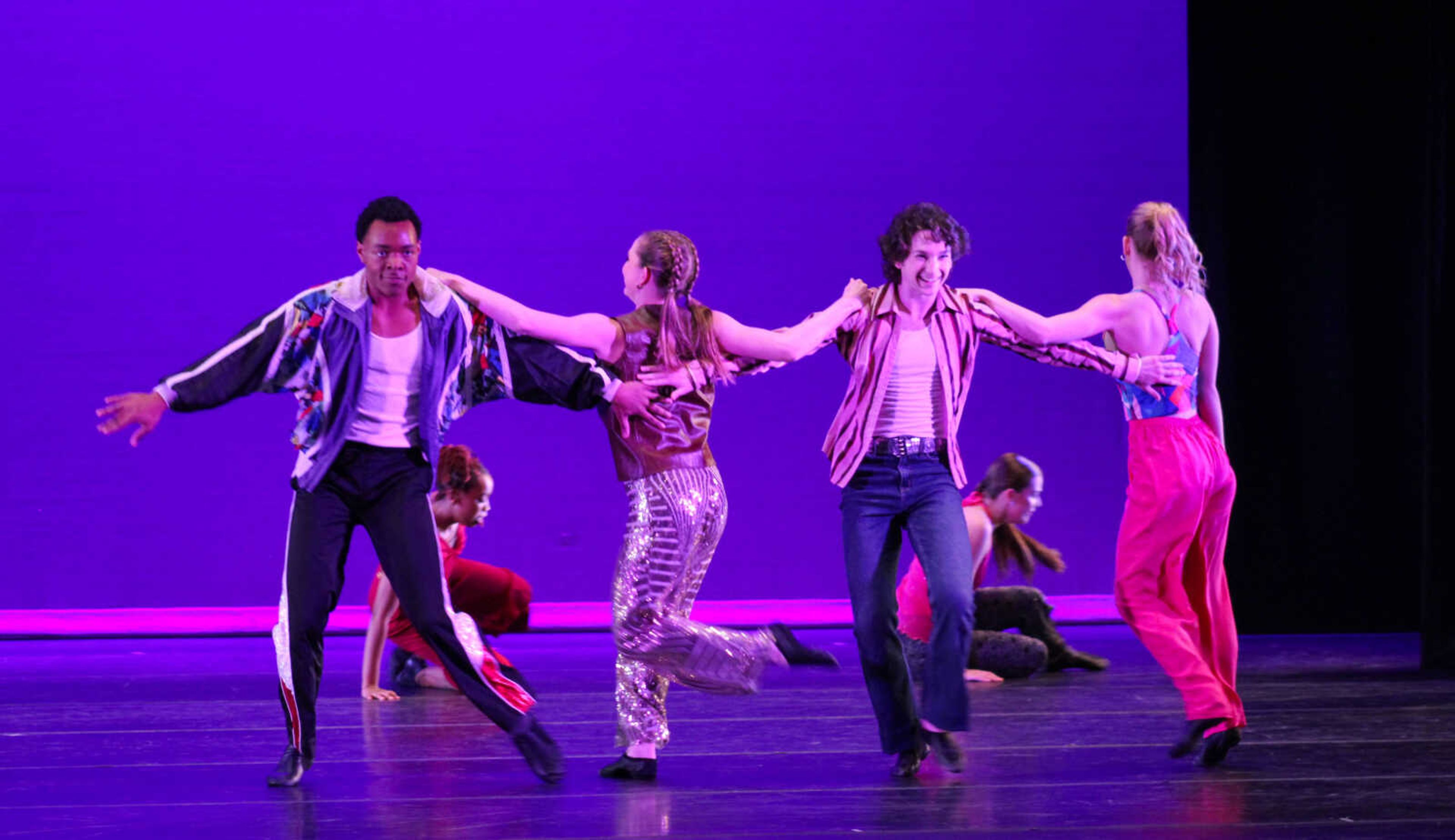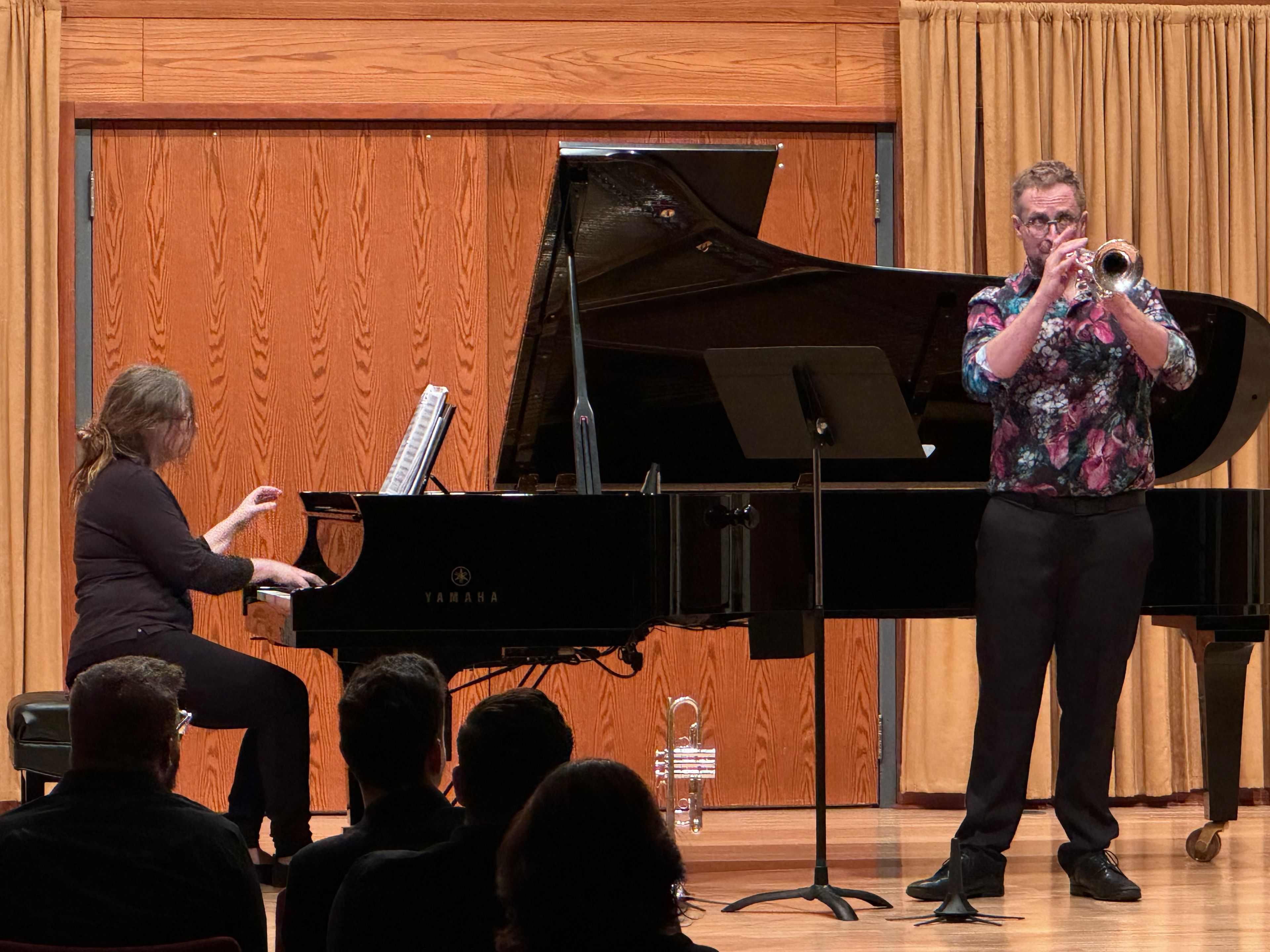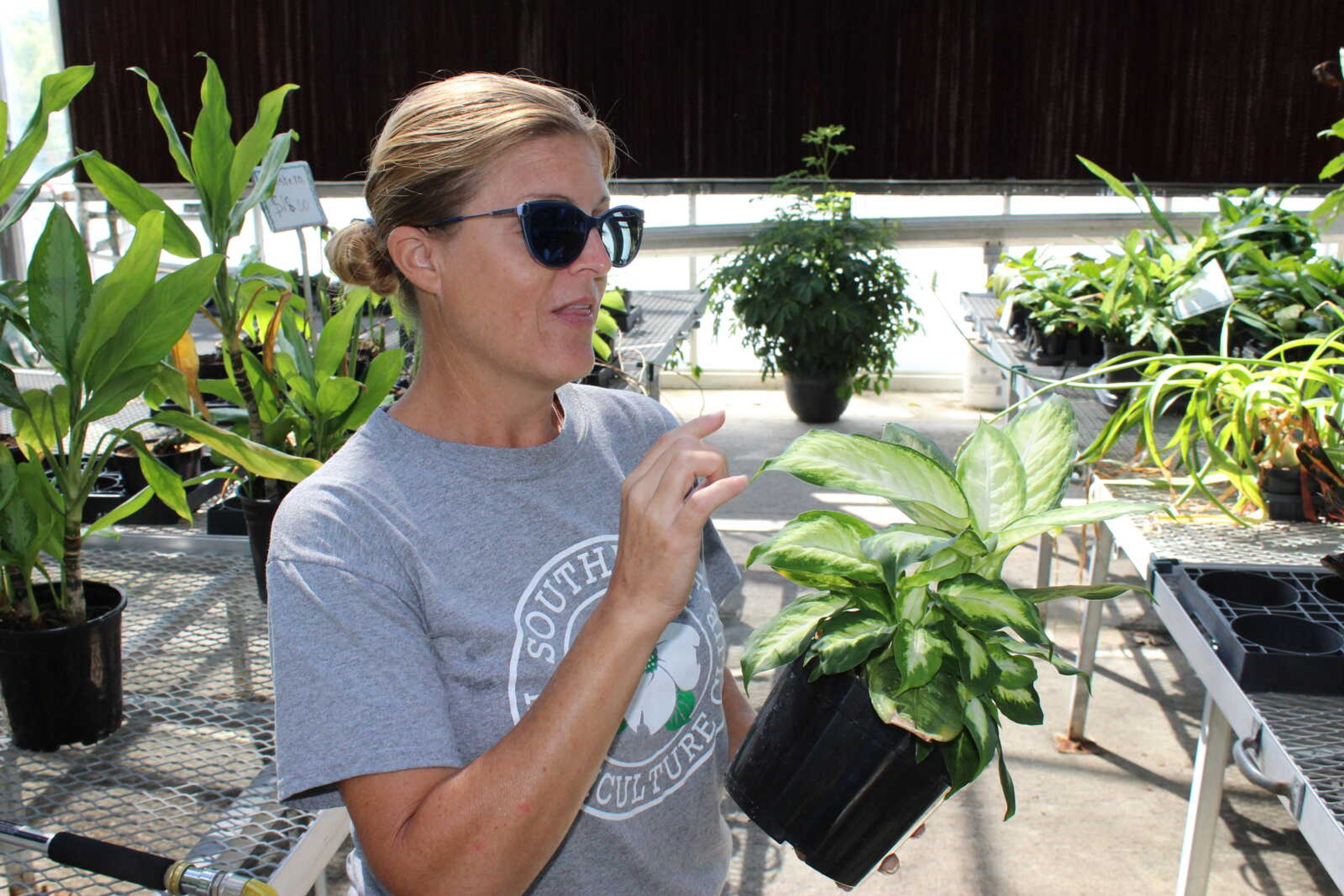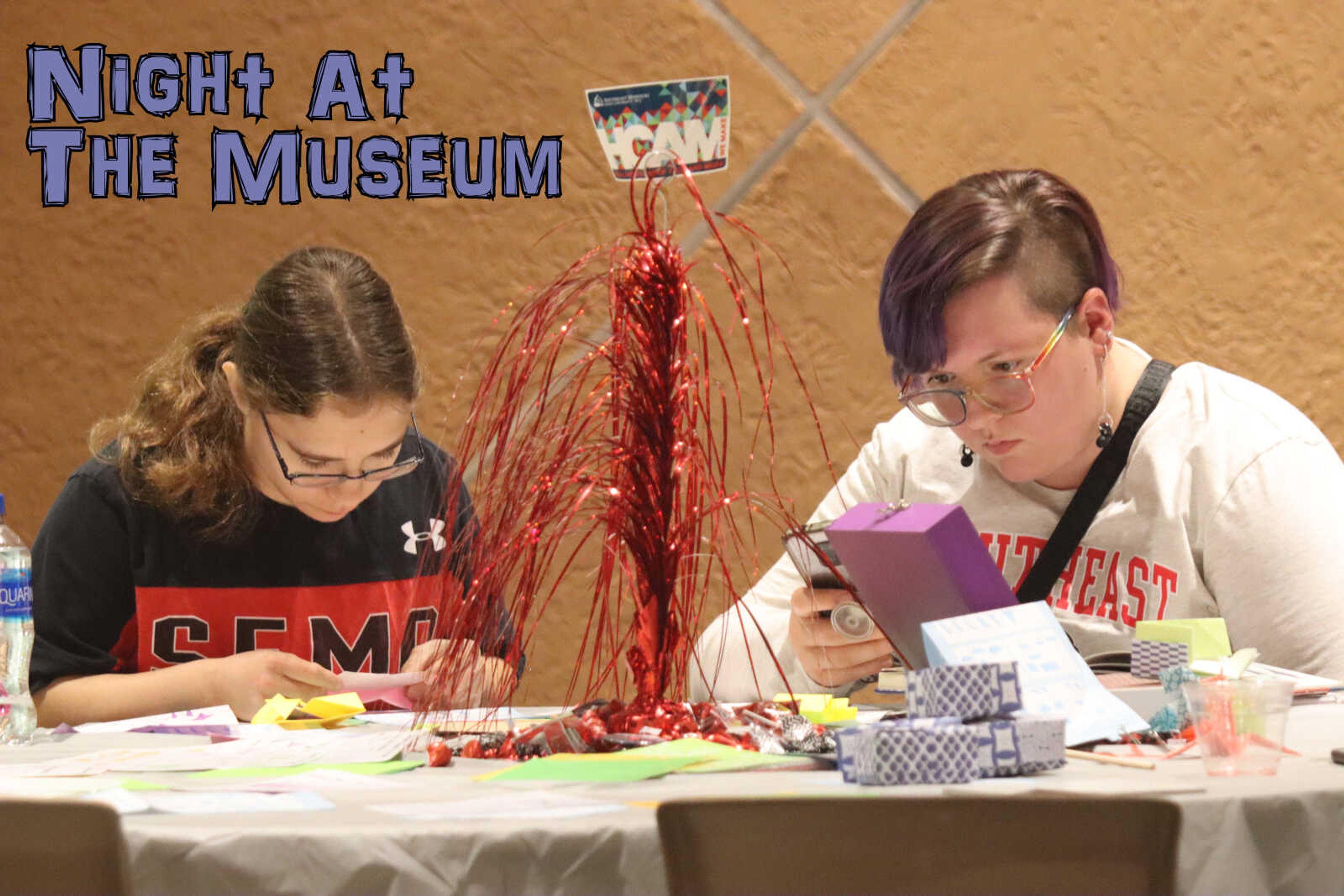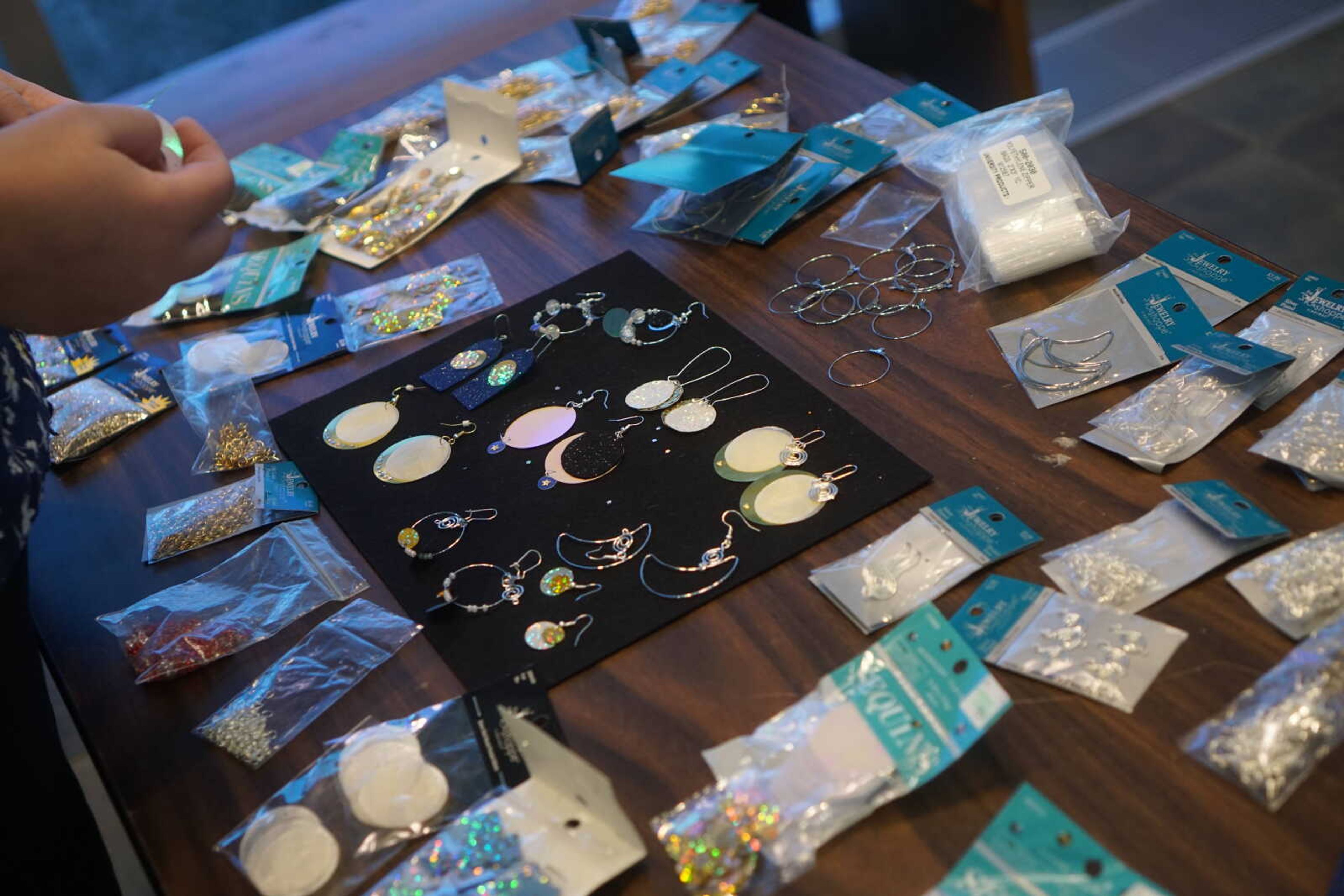Crisp Museum reveals the Freedom Quilts from the Underground Railroad with Chair in Humanities of Culver-Stockton College
Every Friday in February, the Crisp Museum and the Black Faculty and Staff Alliance co-host “Stitch at Crisp- Freedom Quilt Block Making.”
Every Friday in February, the Crisp Museum and the Black Faculty and Staff Alliance co-host “Stitch at Crisp- Freedom Quilt Block Making.”
At these events, participants have the opportunity to learn what the different fabrics and patterns meant during the Underground Railroad while creating their own modern samples.
Curator of education at the Crisp Museum Ellen Flentge explained what the event “Stitch at Crisp” had in store.
“For the quilt event, where people create quilt blocks, they are going to learn about the different patterns and what they meant symbolically and how it was a hidden code,” Flentge said.
In honor of Black History Month, the Black Faculty and Staff Alliance wanted to gain the interest of not only SEMO students but also family and community members. The alliance chose quilts specifically from the Underground Railroad, which allows them to educate and combine the arts in these sessions.
Department of Communication Disorders assistant professor and chair of the Black Faculty Staff Alliance Dr. Samantha Washington explained why so many people do not know about this secret quilting message.
“The Underground Railroad quilts are something that have been out there, and not a lot of people know about it,” Washington said
Flentge explained that the fabric represented different feelings by the color, and the symbols were secret messages. To many individuals, they look like nice quilts made for warmth, but they often have a much deeper meaning.
“There’s some hesitation about whether they were actually real or not. But because they were a secret thing to help the blacks escape from the South and into freedom,” Washington said.
Both original and recreated quilts from the Underground Railroad are displayed at Crisp Museum. A smaller display case is located at the Kent Library a quilt and smaller samples.
Sophomore historic preservation major Bailee Porteous works at the Crisp Museum and after viewing the quilt display, she noted how unique it was.
“It’s absolutely beautiful, [Underground Railroad Quilt Display], I think it’s a wonderful display of art that is made by the black community. I think it's wonderful that we are putting it on during February,” Porteous said.
Along with these events, special guest Dr. Patrick Hotle will be presenting “Slavery and the Underground Railroad on the MO-IL Border.”
Dr. Patrick Hotel is a professor at the Culver-Stockton College in Canton, Missouri and a member of the Missouri Speakers Bureau. On Feb. 23, his presentation will explain the impact of abolitionism on the borders of Missouri and Illinois, according to the SEMO website.
Attendees have a chance to see this presentation at the Crisp Museum located at the River Campus on Feb. 23, at 5:30 p.m.. The final “Stitch at Crisp: Freedom Quilt Block Making” will take place from 9 a.m. - 5 p.m. Feb. 23.
To register for these events, visit semo.edu/museum and "Enroll in Class” or call (573) 651-2260.
